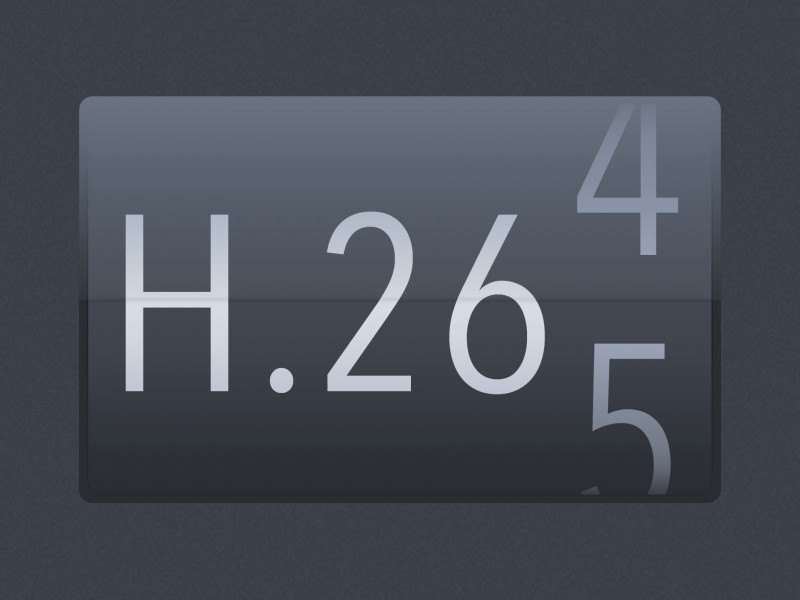Where two parties are fighting, can a third party win?
I ended my previous post on a positive note, suggesting that media optimization could be the savior for network congestion caused by the proliferation of massive photo and video sharing – an integral part of today’s “capturing process”. Let’s take the discussion a step further by looking at devices, streams, files and key industry players.
Much has been said about the Verizon-Netflix dispute, yet bickering about who is at fault, or why, simply extends the saga. For context check out Dan Rayburn’s post on the dispute.
Broadband providers and content distribution companies can continue their ping-pong spats with or without net neutrality as the ball, but as Conviva reported: “every consumer should get the best possible viewing experience – regardless of their device, network, platform, ISP, or any of the other myriad conditions that can have an impact.” There is no dispute here, but what can be done is the question.
The gap is growing
TV display resolution, pixel depth and refresh rates are moving higher and faster than residential broadband capacity to carry all this new data. To unleash the full potential of new UHD TVs, supporting HDR and speedy refresh rates up to 60 frames per second, the industry needs more broadband capacity than is available today. ISPs and content providers must join forces to better use the shared resource called the Internet, to meet the challenge set by consumers and the electronics industry.
But back to the game, a Verizon sales representative told a customer that upgrading to 75Mbps will guarantee the smoothest Netflix experience. Ok, so he was exaggerating. But, in reality he wasn’t far off in principle. Bandwidth will determine the viewer’s experience – especially with 4K, and even more so with newer and more advanced technologies to come such as High Dynamic Range, otherwise known as HDR.
UHD translates into 4 times more pixels compared to HD 1080p. But the data complexity of UHD translates into as much as 8 times more when we consider the additional bits per pixel and frames per second, all needed to maximize the user experience.
How to jump the gap
The only way today to win this game is to make sure there’s enough network capacity for delivering the video streams at the pace and quality users demand. All players in the content delivery arena are faced with this challenge, but to guarantee their viewers a high-quality experience, they will likely need to “cut some kind of deal” with broadband providers that are carrying the bits. But this can get messy…
So in an effort to avoid future “sagas” it is becoming apparent that more and more companies in the content delivery industry are acknowledging the bandwidth (translated, capacity) gap. And more importantly, these companies have decided to take action.
Some companies settle for compression solutions, which can only go so far, while others have begun to apply more efficient packaging techniques such as JIT. But the most progressive have adopted media optimization tools. True, I have a “biased” opinion on the optimal way to overcome this growing tension between video delivery and broadband capacity. Media optimization removes redundant bits from the network, just as hybrid cars do away with unwanted emissions, thus it seems as a citizen of this great industry, that media optimization solutions should not be ignored.
In my next post I will provide an overview of various approaches to media optimization so you can decide for yourself which is the best solution for your service. Thank you for reading, I appreciate the time you have given me to enlighten you on this problem and solution.

